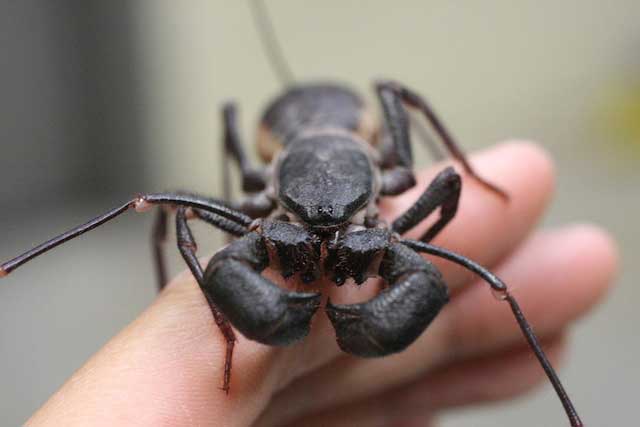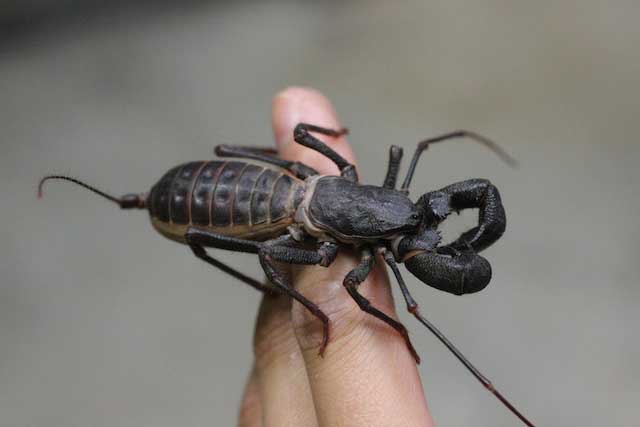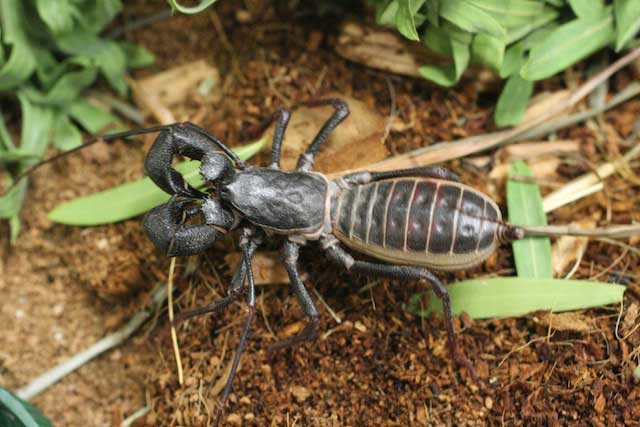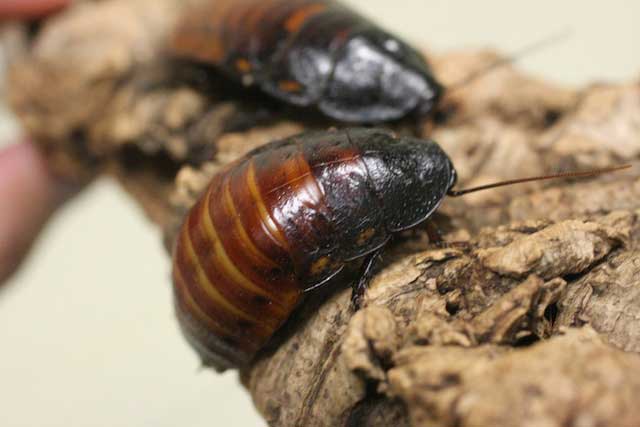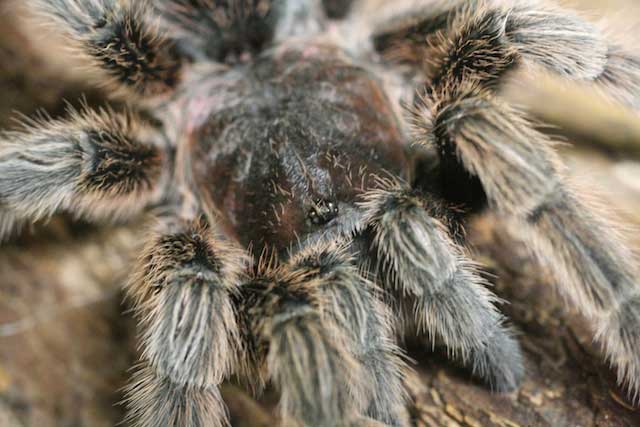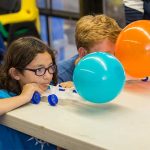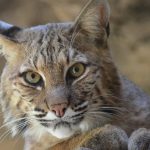Blog
Amazing Invertebrates
Did you know that the majority of all known species on Earth are invertebrates? Invertebrates are mainly defined as animals that do not develop a vertebral column, commonly referred to as a backbone. Insects are the largest contributors to this group of animals; however, creatures such as sponges, worms, corals, crustaceans and mollusks are invertebrates too. These animals are vital to ecosystems. Corals, for example, create extensive habitat for marine life, while most insects are the basis of food webs. Invertebrates also provide ecosystem services for people, serving as pollinators, decomposers, creating soil and more.
CuriOdyssey is home to a variety of these spineless creatures. Not only do we have an Invertebrate Corner with an active honeybee colony, beetles and spiders, but we also have a banana slug exhibit, and a collection of Animal Ambassador invertebrates that are that are used in educational programs.
Our giant vinegaroon (Mastigoproctus giganteus), Dozer, is an invertebrate. Although vinegaroons look like scorpions, they are more closely related to spiders. Their common name reflects the acid they spray at predators when threatened, which smells similarly to vinegar. Vinegaroons have a tough exterior made of chiton called an exoskeleton, and modified mouthparts that resemble large pinchers. Despite having eight eyes, vinegaroons can only see light and dark, so their two front legs act as antennae to help them navigate the environment. Because vinegaroons are burrowers, they help aerate soil and create habitat for smaller animals. Vinegaroons eat other invertebrates such as crickets and worms, although some have been known to eat small vertebrates such as reptiles, amphibians and mammals. They are also a food source for larger animals.
One of the most infamous invertebrates is the cockroach. CuriOdyssey’s Madagascar hissing cockroaches (Gromphadorhina portentosa) make regular appearances during Wildlife shows such as “Villans, Bandits and Bad Guys,” to dispel rumors about roaches and inspire appreciation for them. Many people tend to associate roaches with garbage and as being dirty, but the truth is, roaches groom themselves often to keep clean. The reason why they are often found near garbage is because they are decomposers, eating food that people discard. Because Madagascar hissing cockroaches do not fly and are relatively slow moving, they are not considered a pest and are often kept as pets. In many parts of the world, people consider them a delicious, high-protein snack! Yum! Below is a picture of a female Madagascar hissing cockroach, followed by a picture of a male. Notice that the male has “horns” behind his head, which help him fight other male roaches during breeding.
Despite being the most abundant animals on Earth, invertebrates are often the most feared. Spiders spin webs, have compound eyes, eight legs and fangs with venom, so it’s no wonder that people often want nothing to do with them. These very characteristics though are what make spiders important for ecological balance. Spiders such as CuriOdyssey’s Chilean rose hair tarantula (Grammostola rosea), Muffin, act as natural pest control. They primarily feed on insects, including those that may carry west nile virus, malaria, and more. While many tarantulas build webs that act as trip wire to snag prey, others build elaborate webs. Some orb weaver spiders build webs so large and strong they can catch and eat birds!
Because a tarantula’s exoskeleton is fixed in size, as the spider’s body grows larger beneath it, the spider must shed that outer covering and generate a new one. They even molt the exterior of their fangs. This is similar to snakes and other reptiles, which also shed their skin as they grow.
Invertebrates are found on every continent in the world and it’s no wonder why. They have amazing adaptations and assume important roles in the ecosystem. Be sure to visit some of CuriOdyssey’s invertebrates, and ask to see some of our Animal Ambassador invertebrates too!
– post and photos by Rachael Tom, Animal Keeper
Join the CuriOdyssey Community
LOCATION
1651 Coyote Point Drive
San Mateo, CA 94401
Ohlone Land Acknowledgement
650-342-7755
[email protected]
CuriOdyssey is a 501(c)(3) nonprofit, Tax ID 94-1262434


